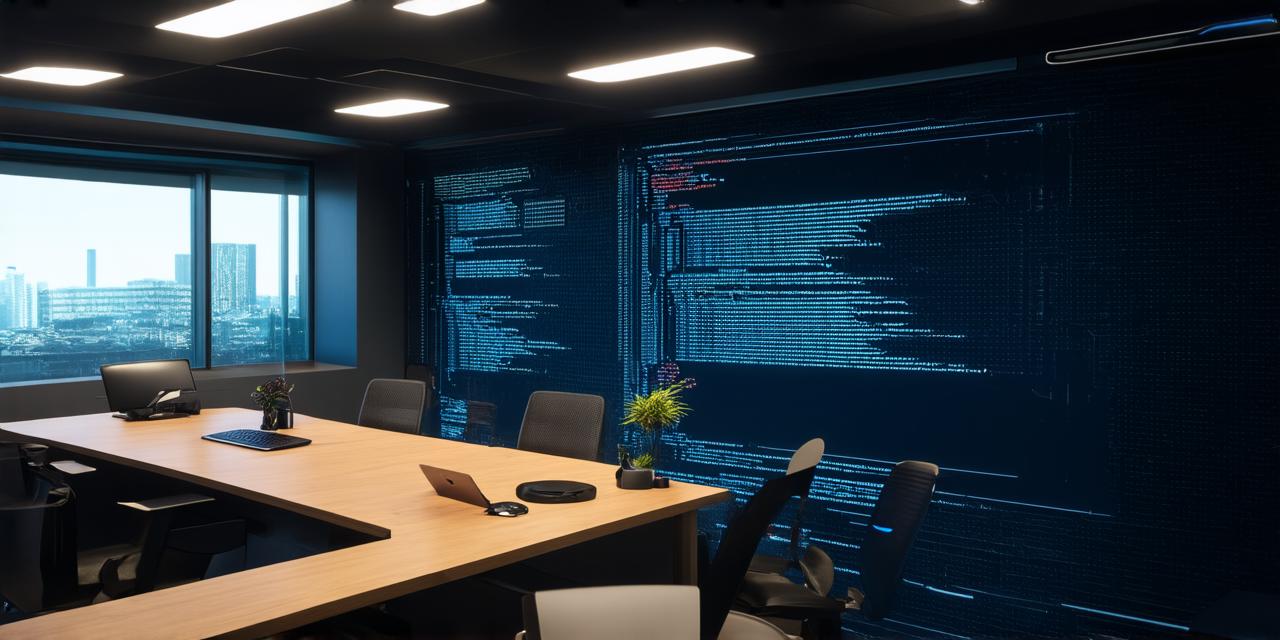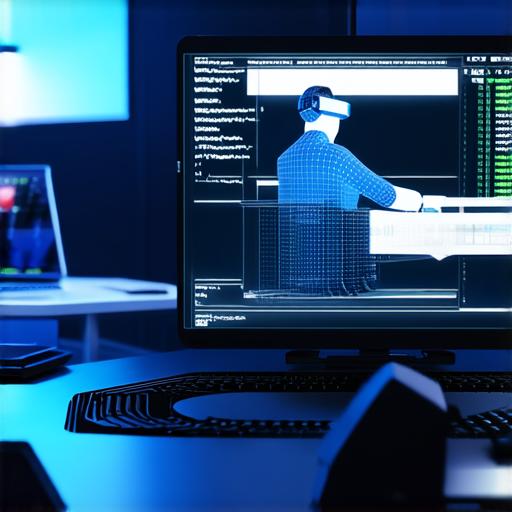
What are the responsibilities of a virtual reality developer?
1. Understanding User Experience (UX)
Virtual reality developers must have a deep understanding of user experience (UX) design principles. They need to be able to create immersive environments that feel natural and intuitive to users.
This requires knowledge of human psychology, as well as an understanding of how people interact with digital content. Virtual reality developers must also consider the physical needs of users, such as motion sickness and discomfort, and design experiences that minimize these issues.
2. Creating 3D Content
Virtual reality developers are responsible for creating high-quality 3D content for VR experiences. This includes designing and modeling objects, environments, and characters, as well as creating textures and lighting effects.
Virtual reality developers must also have a strong understanding of animation and movement, as they need to create realistic and fluid character interactions.
3. Programming and Engineering
Virtual reality experiences require complex programming and engineering skills. Developers need to be proficient in programming languages such as C++ and Java, as well as specialized VR development tools like Unity and Unreal Engine.
They must also have knowledge of graphics rendering, physics simulation, and networking protocols.
4. Testing and Optimization
Virtual reality experiences can be complex and resource-intensive, requiring extensive testing and optimization to ensure smooth performance.
Virtual reality developers must be able to identify and fix bugs and performance issues quickly, as well as optimize their code for efficient use of system resources.
5. Collaboration and Communication
Virtual reality development projects often involve a team of designers, artists, and engineers working together to create a cohesive experience.
Virtual reality developers must be able to communicate effectively with their team members, as well as stakeholders such as clients or executives. They must also be able to collaborate on design decisions and provide constructive feedback to help improve the final product.
6. Continuous Learning
Virtual reality technology is constantly evolving, and virtual reality developers must stay up-to-date with the latest developments in order to create cutting-edge experiences.
This requires a commitment to continuous learning and a willingness to adapt to new technologies and tools as they become available.
Real-life Examples
Virtual reality developers at work:

-
Oculus VR, the company behind the popular Oculus Rift headset, employs a team of virtual reality developers who create immersive gaming experiences for the platform. They must be able to create high-quality 3D content, optimize their code for efficient use of system resources, and collaborate with artists and designers to create engaging gameplay mechanics.
-
Google’s Daydream VR platform relies on virtual reality developers who create educational and informative experiences for users. They must have a deep understanding of user experience design principles, as well as the ability to create high-quality 3D content that accurately represents real-world objects and environments.
-
Virtual reality developer Samantha Smith works for a company that creates VR training simulations for businesses. She must be able to create realistic and engaging scenarios that simulate real-world situations, as well as optimize her code for efficient use of system resources.
FAQs
Q: What skills do I need to become a virtual reality developer?
To become a virtual reality developer, you will need a strong understanding of user experience design principles, programming languages such as C++ and Java, and specialized VR development tools like Unity and Unreal Engine. You should also have knowledge of graphics rendering, physics simulation, and networking protocols.
Q: What are the most common challenges faced by virtual reality developers?
Virtual reality developers face a number of challenges, including creating immersive environments that feel natural and intuitive to users, optimizing code for efficient use of system resources, and testing and debugging complex experiences. They must also stay up-to-date with the latest developments in virtual reality technology.


